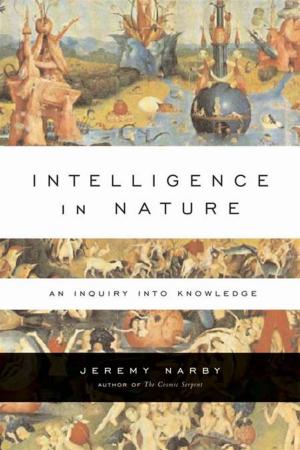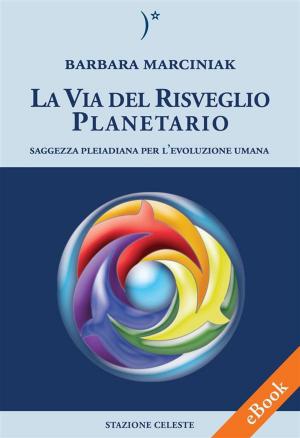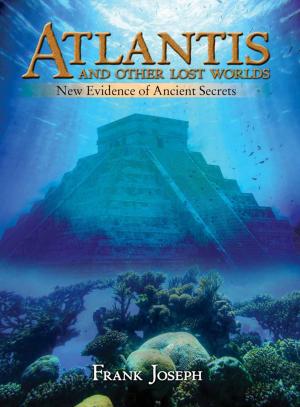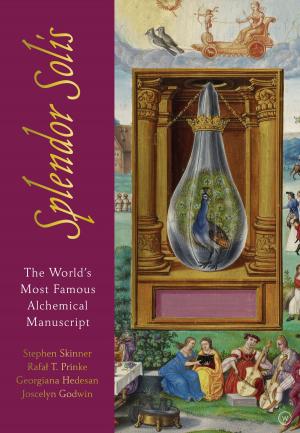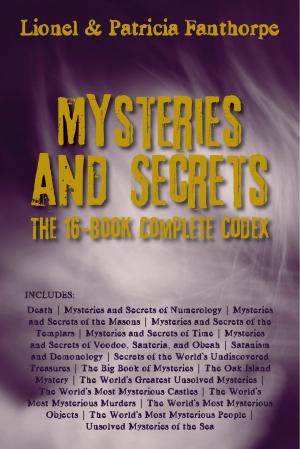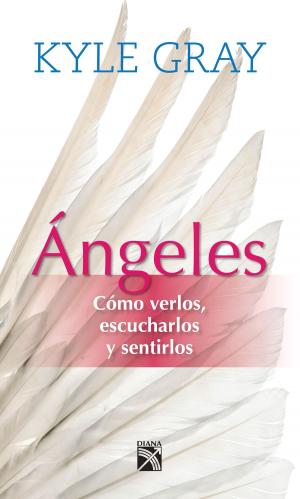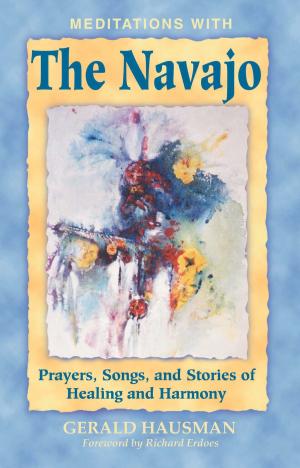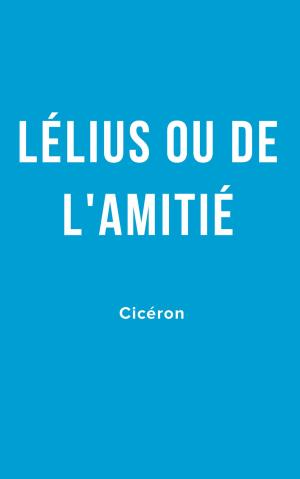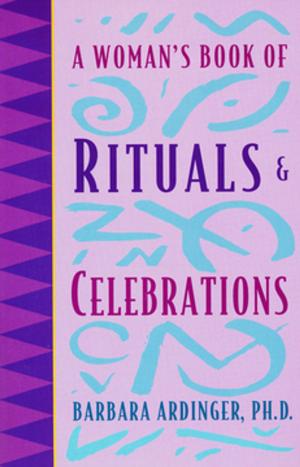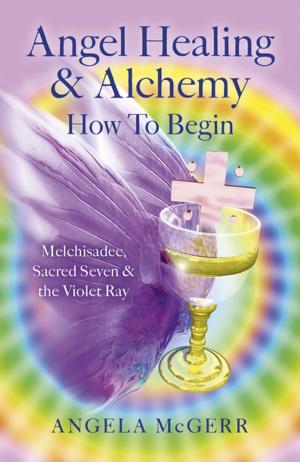Karpūrādi-Stotra
Nonfiction, Religion & Spirituality, Eastern Religions, Hinduism, Philosophy, Mind & Body| Author: | Sir John Woodroffe | ISBN: | 9786050367522 |
| Publisher: | Sir John Woodroffe | Publication: | March 24, 2015 |
| Imprint: | Language: | English |
| Author: | Sir John Woodroffe |
| ISBN: | 9786050367522 |
| Publisher: | Sir John Woodroffe |
| Publication: | March 24, 2015 |
| Imprint: | |
| Language: | English |
THIS celebrated Kaula Stotra, which is now translated from the Sanskrit for the first time, is attributed to Mahākāla Himself.
One of the chief features of this Stotra is that it gives the mantroddhāra of the Dakshina-Kālikā. It not only gives us the Dhyāna, Yantra, Sādhana and Svarūpa-varnanā of the Mahādevī, but it also contains the chief Mantras of Dakṣiṇakālikā. The adjective "Tava manu-samuddharaṇajanu" qualifying "idam stotram" in Śloka 21 expressly states this fact.
Among the various Mantras of Dakṣiṇā Kālikā the greatest is the "Vidyā-rājñī" consisting of 22 syllables (Dvāviṁsākṣarī). This mantra gives the fullest and the truest symbol of the Svarūpa of Her. This mantra is contained in the first five Ślokas.
THIS celebrated Kaula Stotra, which is now translated from the Sanskrit for the first time, is attributed to Mahākāla Himself.
One of the chief features of this Stotra is that it gives the mantroddhāra of the Dakshina-Kālikā. It not only gives us the Dhyāna, Yantra, Sādhana and Svarūpa-varnanā of the Mahādevī, but it also contains the chief Mantras of Dakṣiṇakālikā. The adjective "Tava manu-samuddharaṇajanu" qualifying "idam stotram" in Śloka 21 expressly states this fact.
Among the various Mantras of Dakṣiṇā Kālikā the greatest is the "Vidyā-rājñī" consisting of 22 syllables (Dvāviṁsākṣarī). This mantra gives the fullest and the truest symbol of the Svarūpa of Her. This mantra is contained in the first five Ślokas.

